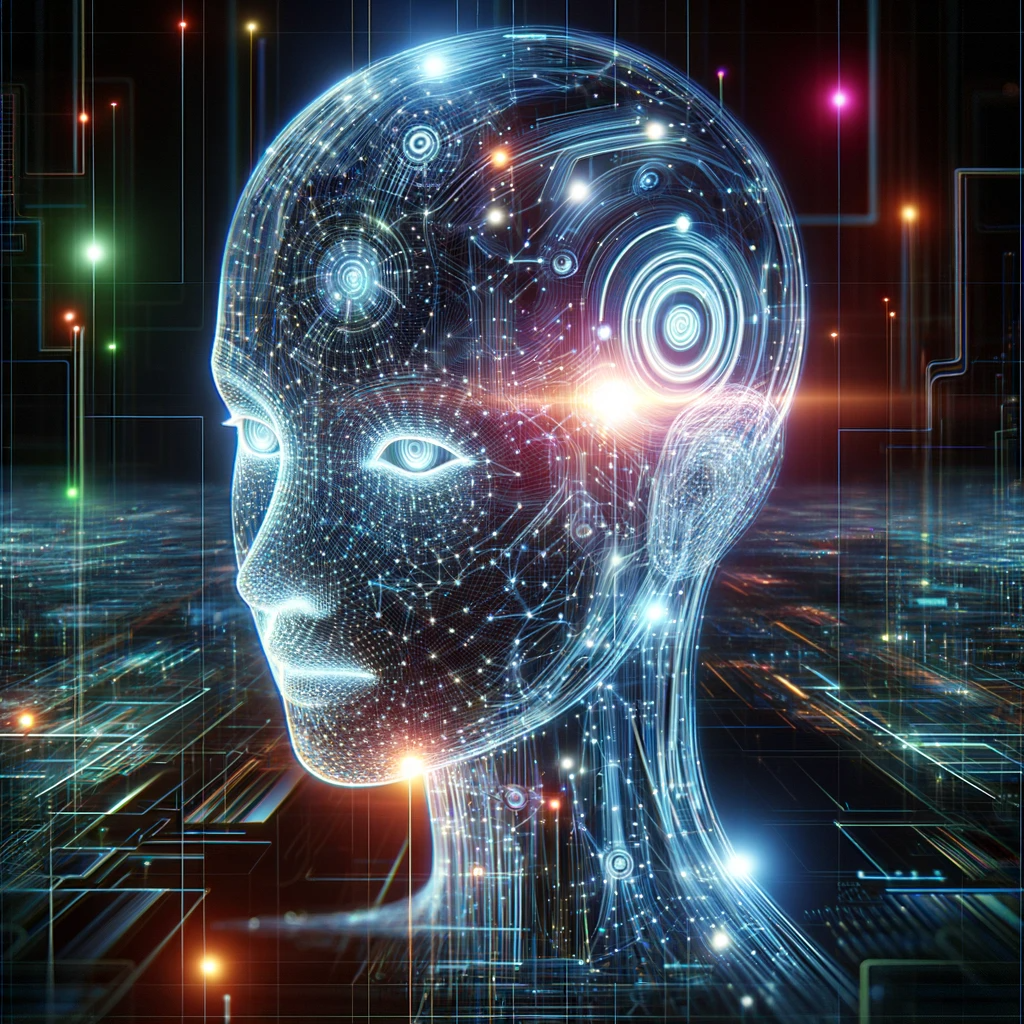Streamlining Content Consumption with Omnivore – Integrations, Features, and Personal Experience
In the quest for efficient content management and aggregation, especially for those of us embedded in the tech and AI space, finding the right tools can be a game-changer. Today, I want to delve into one such tool that has recently caught my attention: Omnivore.
A Glimpse into the Landscape
Before Omnivore, there were several alternatives for content aggregation, notably Readwise. However, as a family man and solopreneur deeply involved in blockchain and AI, I sought something more aligned with my workflow, particularly integration with Obsidian, my go-to for managing information. Here’s a quick overview of what I considered:
- Zotero2Readwise: A Python library, perfect for bibliographic data management.
- Obsidian-Readwise: A TypeScript plugin syncing Readwise highlights into Obsidian.
- Omnivore: An open-source app with a compelling Obsidian integration.
- Wallabag: A self-hosted read-it-later app focusing on privacy and offline reading.
- Instapaper: A freemium model for saving web pages, albeit not entirely open-source.
Each of these tools offers something unique, but Omnivore stood out for its alignment with my needs.
Why Omnivore?
Omnivore appealed to me for several reasons. Its open-source nature means I can delve into its workings, ensuring it meshes seamlessly with my other tools. More importantly, its integration with Obsidian—a cornerstone of my workflow—made it an attractive option.
Personal Journey with Omnivore
My journey with Omnivore wasn’t without hiccups. Initially, I faced issues setting it up and turned to Wallabag as an interim solution. However, Wallabag’s lack of annotation features, crucial for my work, led me back to Omnivore.
After overcoming initial setup challenges and integrating it with Obsidian, the true potential of Omnivore began to shine. Its ability to pull in newsletters and possibly handle RSS feeds aligns perfectly with my need to sift through vast amounts of information efficiently.
Current State and Future Plans
I’m currently in the process of refining my use of Omnivore. The aim is to fully integrate it into my morning routine, replacing the manual trawl through news feeds with a more streamlined, Omnivore-mediated process. This change promises to enhance my competitive edge by allowing me to process and act on information more effectively.
Conclusion
In conclusion, for those in the AI and blockchain space, tools like Omnivore can significantly impact our daily productivity and information management. It’s not just about consuming content; it’s about integrating it into our workflow in the most efficient way possible. Omnivore, with its open-source nature and integration capabilities, is a tool that deserves attention for anyone looking to streamline their content consumption.







